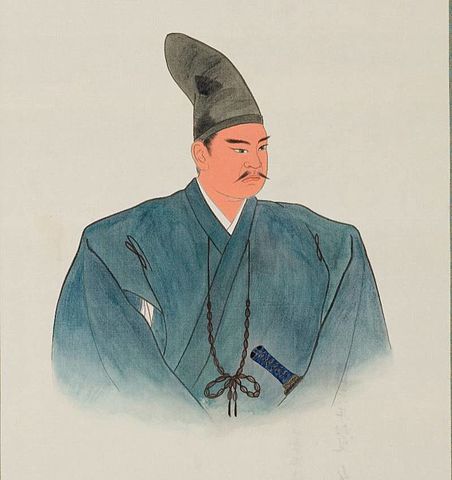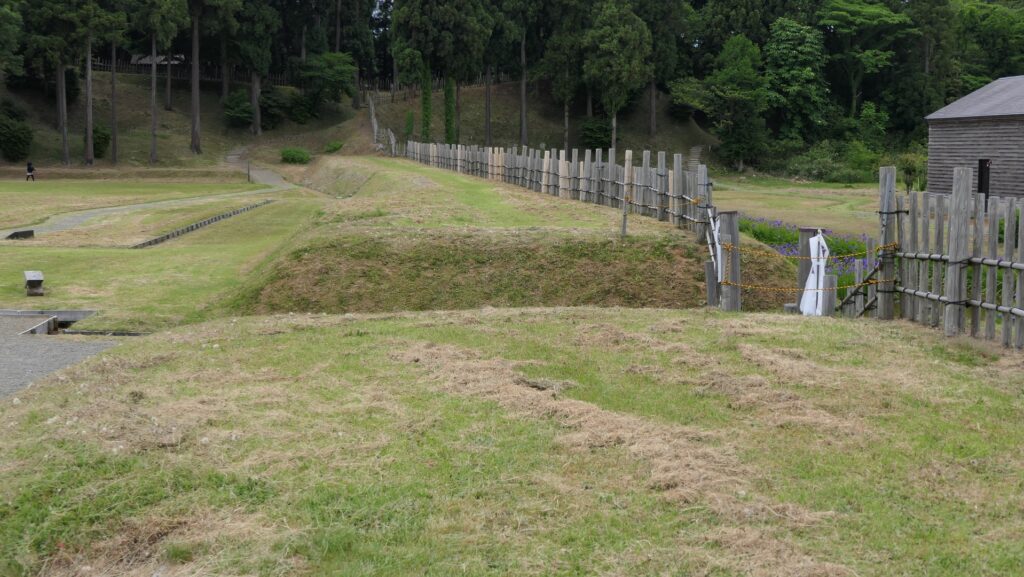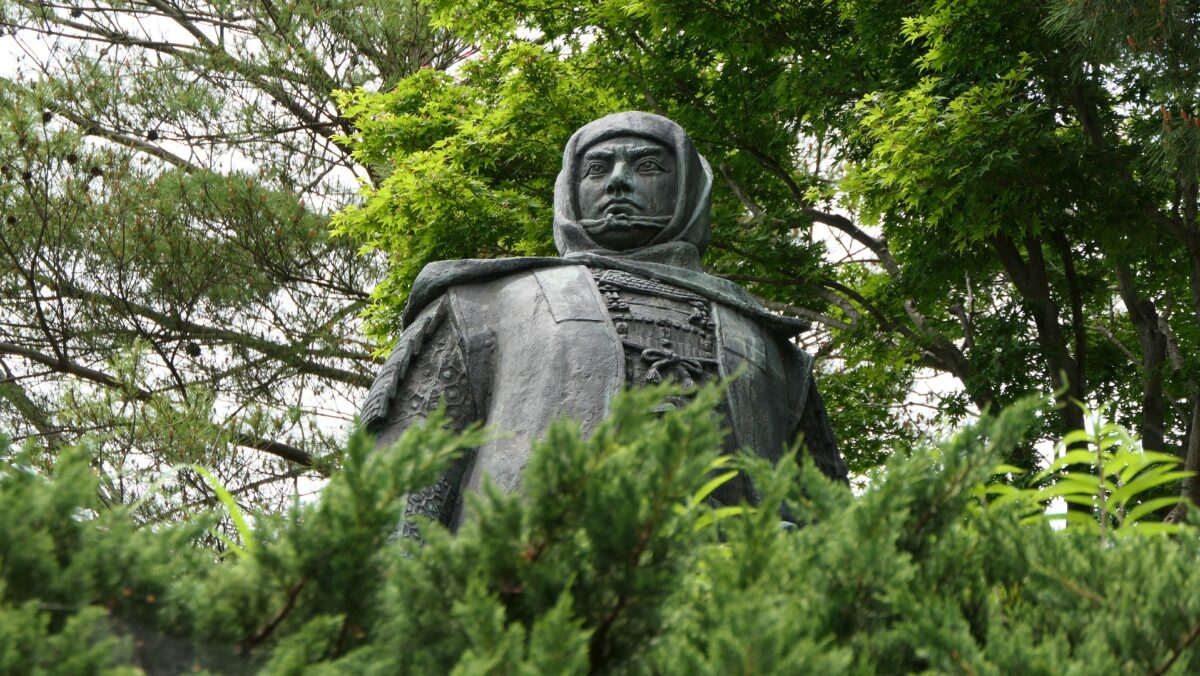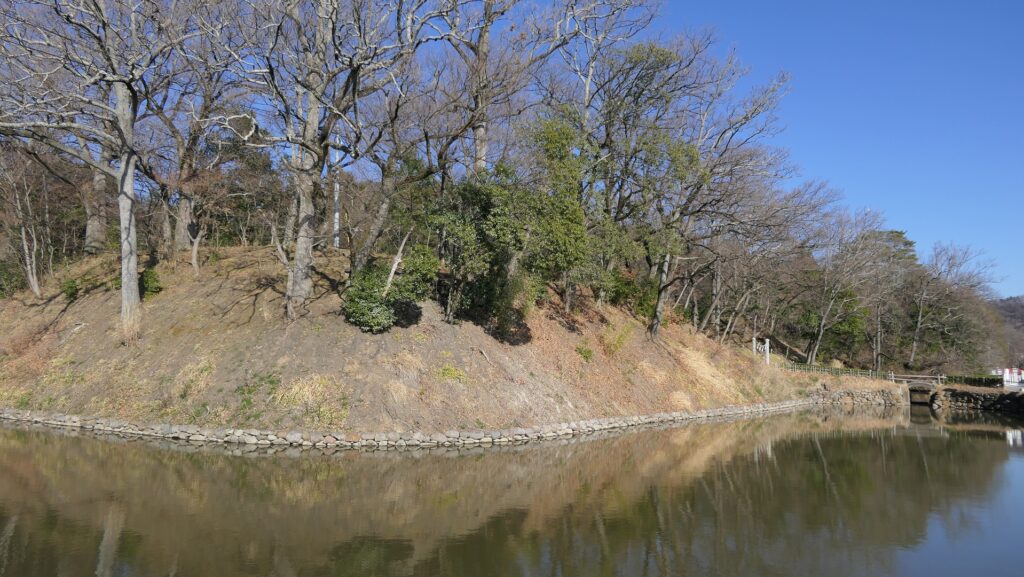Location and History
Kenshin Uesugi, Warlord who respected Justice
Kasugayama Caste was located in Echigo Province (what is now Nigata Prefecture), facing the Japan Sea. The castle is well known for one of its lords, Kenshin Uesugi. Kenshin is said to be the strongest warlord in the 16th Century during the Sengoku Period. While he fought over 70 battles during his 49-year life, he suffered no obvious defeat.
The location of the castle
Kenshin also had very unique perspectives which other warlords never had. He never fought to invade other provinces by himself. He only fought with the help of others who were defeated by another warlord. As a result, he fought with a great warlord, Shingen Takeda 5 times on the south of his province. He also went over the mountains to the Kanto Region facing the Pacific Ocean to fight with the Hojo Clan as many as 17 times. Kenshin was a devout Buddhist, remained single all his life, and prayed for victory at the Bishamon-do Hall several days before his battles. He once escaped from the castle and tried to become a Buddhist priest, but his retainers urged him to go back to the castle until he gave up trying to become a priest.
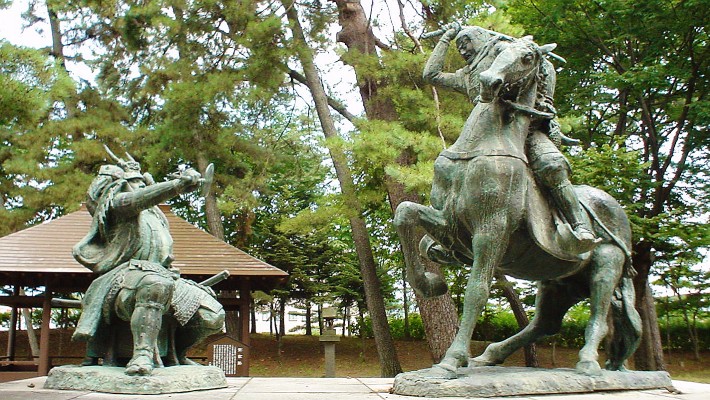
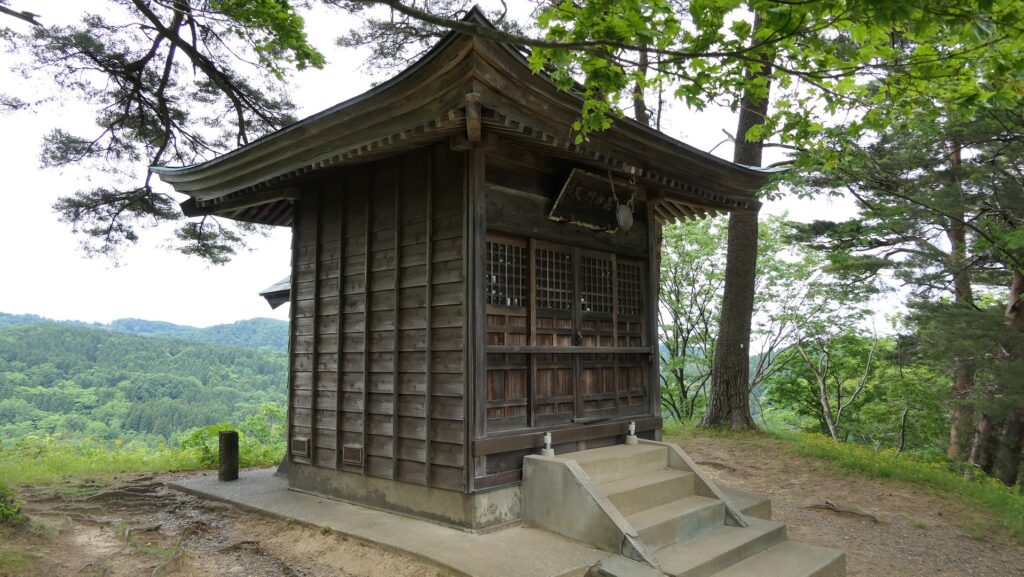
Despite Kenshin’s strength, he was not able to become a ruler. Every time he withdrew from a province after his win, his enemies got their territories back. He is sometimes criticized by historians. However, many history fans still love him as a warlord who respected justice.
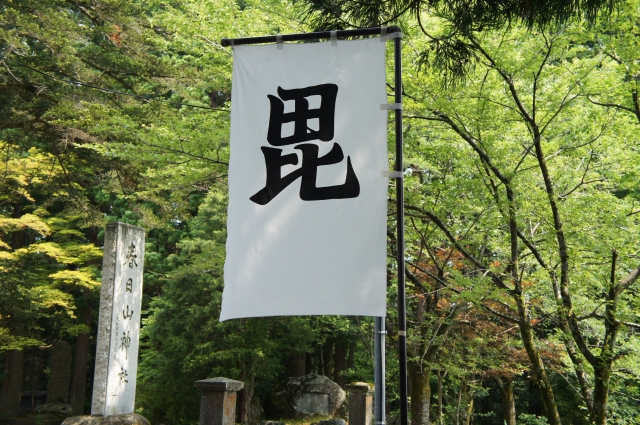
Castle covered with Enclosures and Buildings.
Kasugayama Castle was built using earthworks on an 189m high mountain beside the Kubiki Plain, the western part of Nigata Pref. It is uncertain when the castle was first built, but Tamekage Nagao, Kenshin’s father, improved the castle. The scale of the castle became larger in Kenshin’s period, and the mountain was covered with uncountable enclosures and buildings.
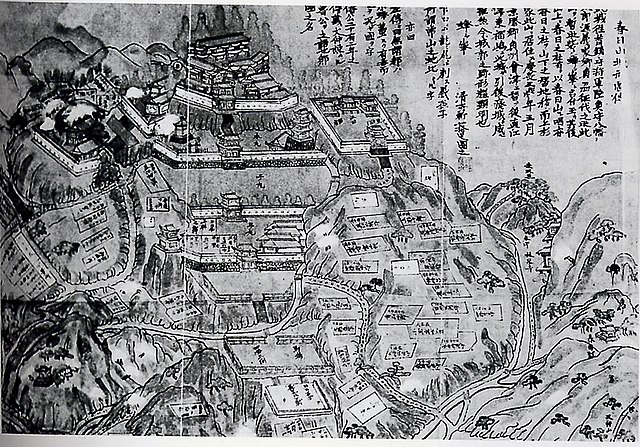
The castle consisted of three parts at that time. The main portion of the castle was on the top of the mountain with the front facing the plain on the east. It included the Main Enclosure, the Bisyamon-do Hall, a senior vassal Naoe’s Hall, and Halls for Kenshin’s two adopted sons, Kagekatsu and Kagetora. Next, the Main Route went up from the southeast foot of the mountain to the top. It was a long detour around the mountain, passing the guard house and other senior vassals’ halls such as Kakizaki. Lastly, the Back Route also went up from the northeast foot to Naoe’s Hall. It passed through the Kurogane-mon Gate, the Hall for the Lord, the Sengan-mon Gate and the alternate entrance called Koguchi.
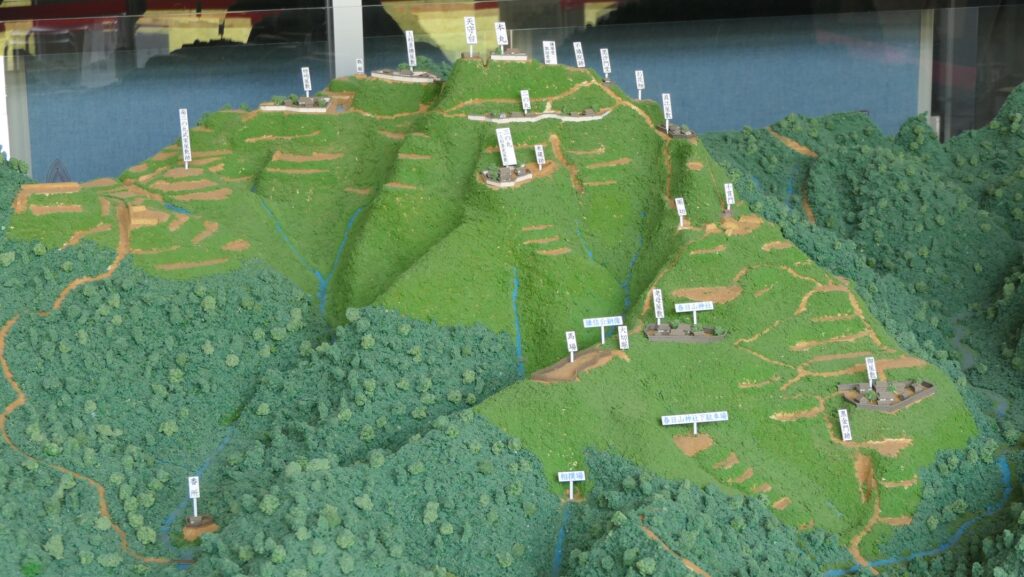
The castle might not have had complex defense systems, but it had the network of the branch castles, such as Samegao Castle, to work together when a battle happened.
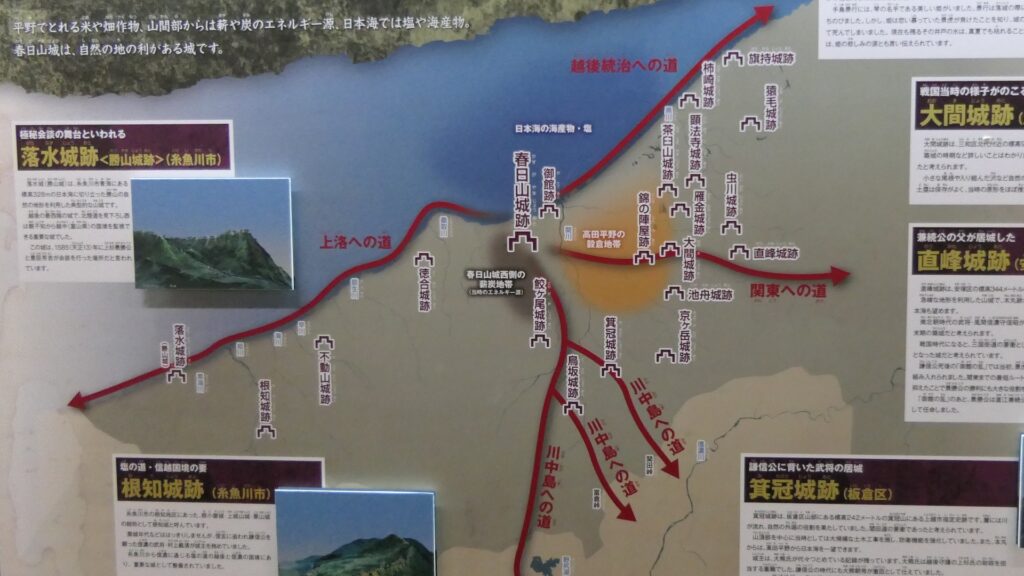
Abandoned at Peaceful Time
After Kenshin died in 1578, an internal battle unfortunately happened in the castle between Kagekatsu and Kagetora. Kagekatsu finally won, but he was transferred to Wakamatsu Castle by the ruler Hideyoshi Toyotomi in 1598. After that, the Hori Clan governed the castle, building the outer earthen walls called So-gamae to make the castle the largest. However, the clan moved to Fukushima Castle on the plain for convenience of governance in 1607. Kasugayama Castle was abandoned at the same time.
